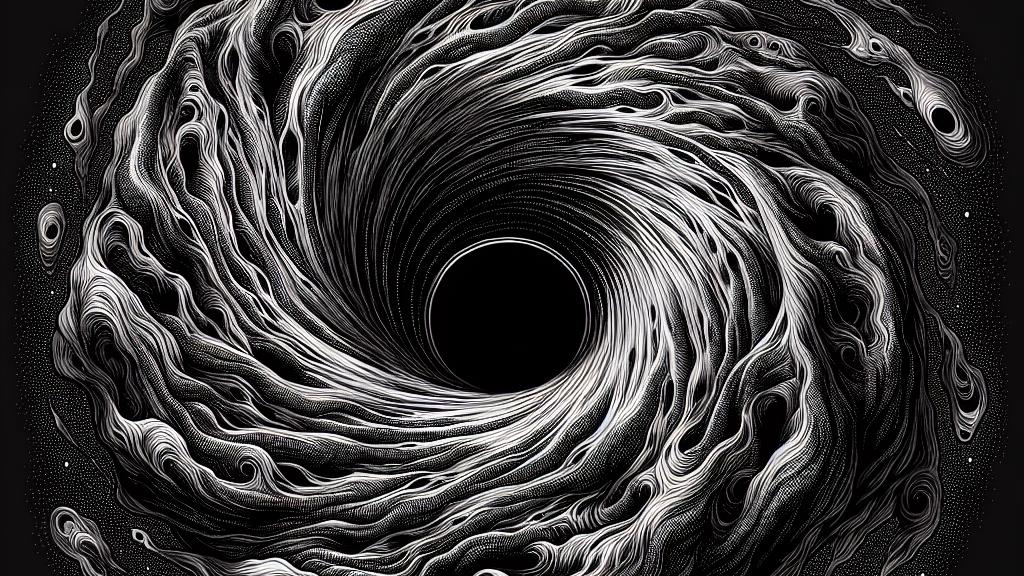New Insights into Black Hole Interiors Challenge Established Assumptions
Overview
- A revolutionary study calls into question the widely accepted Kerr solution for rotating black holes.
- The research uncovers potential instabilities within black holes that could reshape our understanding of their intricate interiors.
- These discoveries challenge physicists to rethink fundamental models, emphasizing the dynamic nature of black holes.

The Context of the Study
In an unprecedented collaboration among renowned institutions such as the University of Southern Denmark, Charles University in Prague, and Victoria University of Wellington, researchers have set out on an exciting expedition into the often-misunderstood realms of black holes. Their findings, published in the illustrious Physical Review Letters, challenge the Kerr solution, the gold standard for modeling rotating black holes for decades. This model has portrayed these enigmatic cosmic giants as straightforward, governed primarily by their mass and spin. However, their latest inquiry suggests a different narrative—one that reveals a world of complexity and instability lurking within these gravitational monsters, inviting a reexamination of everything we thought we knew.
Understanding It Deeper
Typically, the Kerr solution has provided a stable framework for understanding black holes, yet this new study reveals that even minor disturbances can evoke dramatic shifts in these celestial bodies. Picture a serene lake interrupted by a sudden splash; similarly, a slight perturbation can send ripples through the very fabric of a black hole’s existence. This investigation highlights a crucial point: internal dynamics may lead to energy accumulation capable of fundamentally altering the black hole’s geometry and spacetime structure. For instance, as the energy grows, it can impact everything from the black hole's accretion disk to the surrounding environment—challenges that the Kerr model fails to address. Therefore, while the external observations may still fit closely with the Kerr predictions, the picture inside is far more intricate and chaotic, prompting scientists to reassess the core principles of black hole physics.
Implications for Future Research
These groundbreaking findings hold incredible implications for the future of astrophysics. They encourage scientists worldwide to envision black holes as dynamic entities rather than static structures. This shift in perspective could mean that concepts we once took for granted—such as the stability of black holes—need serious reevaluation. Furthermore, as researchers strive to reconcile these instabilities with our current understanding of physics, they stand on the brink of potentially merging theories of quantum mechanics with the tenets of general relativity. Imagine the possibilities if black holes turned out to be intricate laboratories testing the limits of known physics! The excitement surrounding this research stems not only from its implications for black hole studies but also from its potential to spark innovative ideas that could redefine our grasp of the universe itself.

Loading...